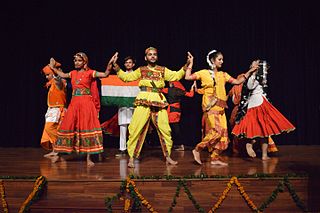Unity in Diversity ?
Unity in diversity is used as an expression of harmony and unity between dissimilar individuals or groups. It is a concept of “unity without uniformity and diversity without fragmentation”[1] that shifts focus from unity based on a mere tolerance of physical, cultural, linguistic, social, religious, political, ideological and/or psychological differences towards a more complex unity based on an understanding that difference enriches human interactions. The idea and related phrase is very old and dates back to ancient times in both Western and Eastern Old World cultures. It has applications in many fields, including ecology, cosmology, philosophy, religion and politics.
The concept of unity in diversity was used by both the indigenous peoples of North America and Taoist societies in 400–500 B.C. In premodern Western culture, it has existed in an implicit form in certain organic conceptions of the universe that developed in the civilizations of ancient Greece and Rome.[1] The phrase is a deliberate oxymoron, the rhetorical combination of two antonyms, unitas “unity, oneness” and varietas “variety, variousness”. When used in a political context, it is often used to advocate federalism and multiculturalism.
The diversity is a permanent human condition. The concept of unity in diversity can be traced back to Sufi philosopher Ibn al-‘Arabi (1165–1240), who advanced the metaphysical concept of the “oneness of being” (wahdat al-wujud), namely, that reality is one, and that God’s is the only true existence; all other beings are merely shadows, or reflections of God’s qualities.[5] Abd al-Karīm al-Jīlī (1366–1424) expanded on Al-‘Arabi’s work, using it to describe a holistic view of the universe which reflects “unity in diversity and diversity in unity” (al-wahdah fi’l-kathrah wa’l-kathrah fi’l-wahdah)
Source: Wikipedia.com


